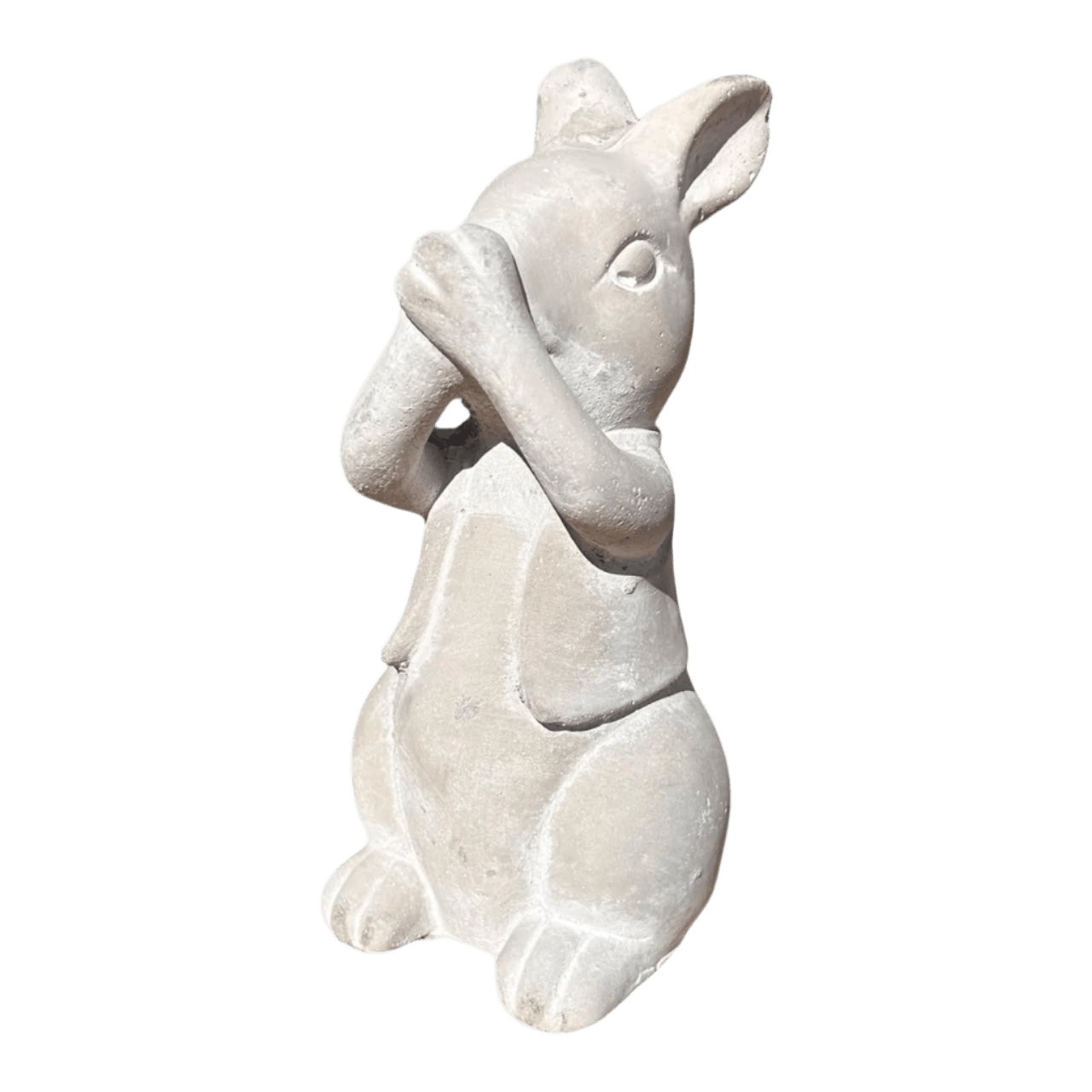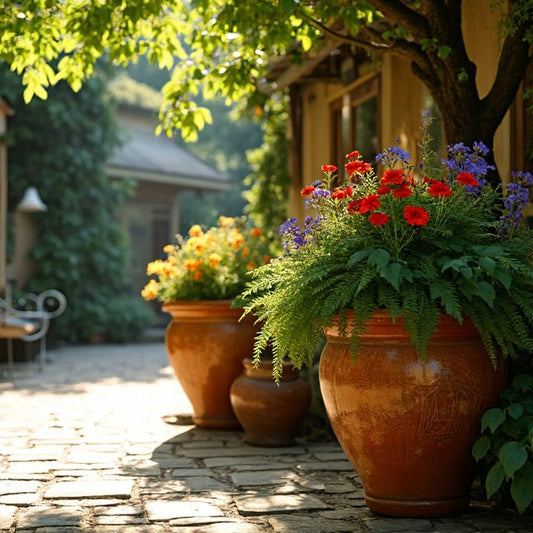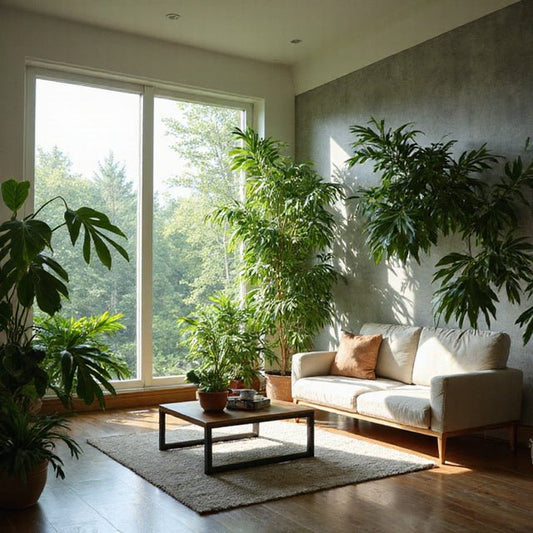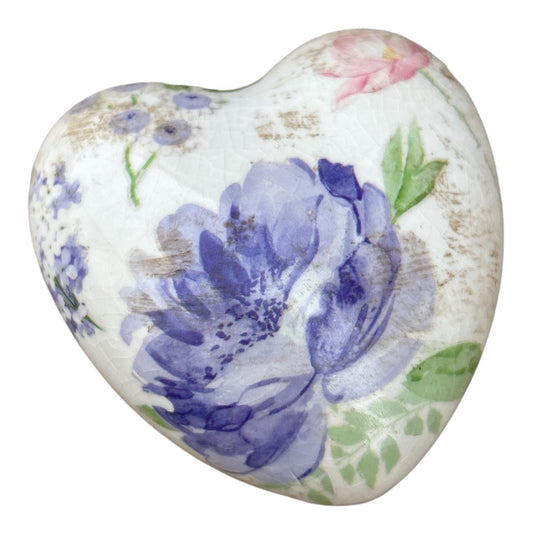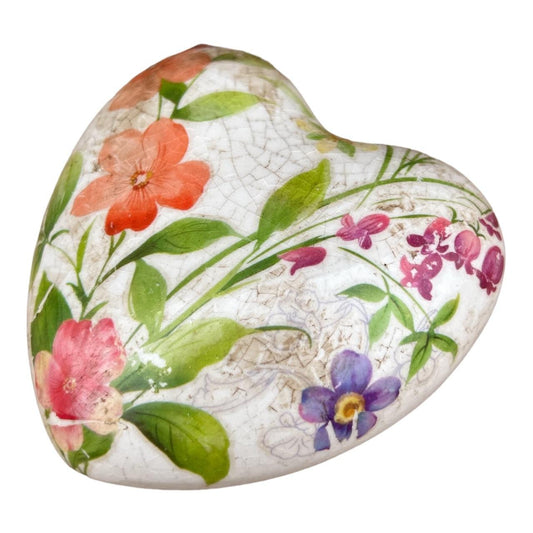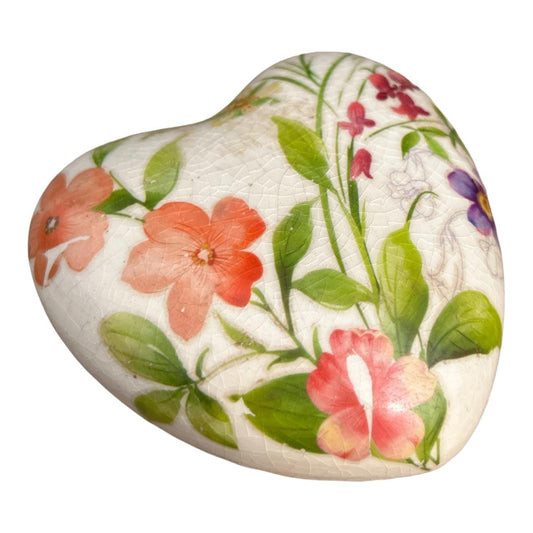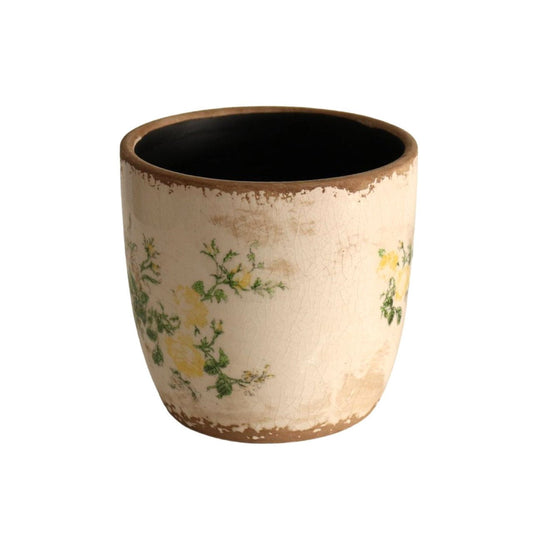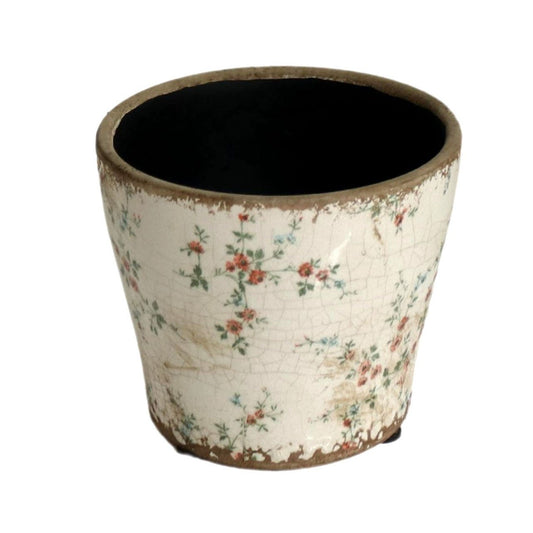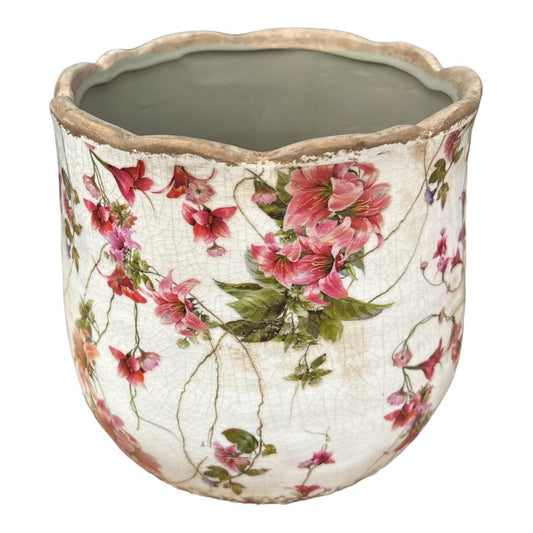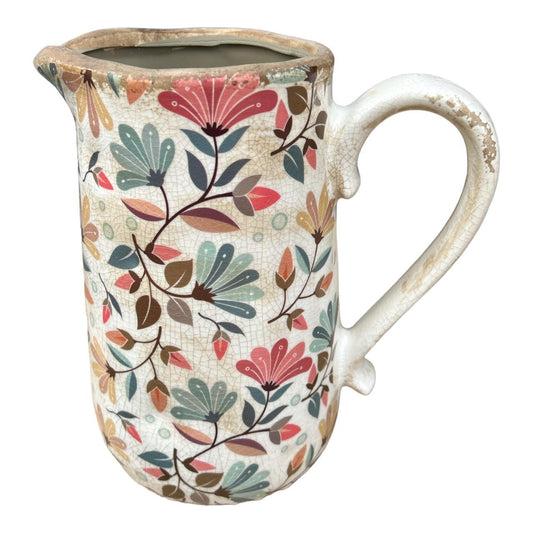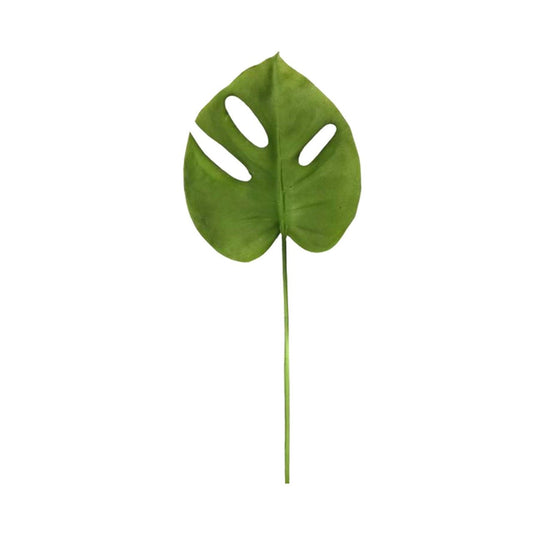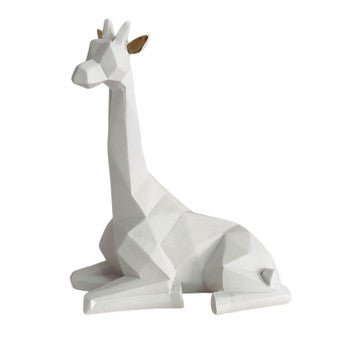
Choosing the Perfect Plant Pots for Your South African Home and Patio
When it comes to jazzing up your stoep or brightening that sunny corner in your lounge, nothing does the job quite like the right plant pot. In South Africa — where bougainvillaea thrives in Joburg gardens and indoor ferns soften Cape Town studio flats — choosing the best pot isn't just about looks, it's about keeping your leafy friends happy, healthy, and beautifully displayed. Whether you're dealing with thirsty aloes or dainty spekboom cuttings, selecting the perfect pot is a blend of practical smarts and good homegrown style. Let's dig into what really matters when picking the best plant pots for your home or patio.
Key Takeaways
- Select pots with drainage holes to avoid soggy roots and unhappy plants.
- Choose materials like terracotta for breathability or plastic for moisture retention.
- Opt for frost-resistant pots for outdoor use during chilly SA winters.
- Pick a pot size based on your plant’s root depth and growth habits.
- Round for solo plants, square or rectangular for rows or herb setups.
- Balance beauty and function — your pot is part of your décor too!
Need help visualising the perfect layout? Try our interactive plant & décor mixer below!
What to Consider When Choosing a Plant Pot
First things first: the needs of your plant come before aesthetics. Ask yourself — does my plant have shallow roots like lettuce, or is it a deep-rooted sweetheart like a rose bush? That gives you the starting point for height and volume.
Drainage: Non-Negotiable
Pots with drainage holes are essential in our SA climate, especially when sudden summer rains hit. No holes? Line the base with pebbles or even broken terracotta to offer makeshift drainage — just enough to stop roots from drowning.
If you're growing herbs on your balcony, make sure pots have holes — drowning basil is too tragic for words.
Materials: Terracotta vs Plastic
Feeling unsure if you should go for a terracotta or plastic pot? Here's the deal: terracotta breathes, which helps prevent overwatering — ideal for Jozi or Free State where plants can get too much love. But in drier regions like Northern Cape, plastic holds moisture better and is lighter for moving around.
In Durban’s humid coastal air, terracotta pots shine. But in Gauteng flats, a deep plastic pot could save your fiddle leaf fig.
Shapes & Sizes Matter
Plant pots aren’t just about filling space — they're about the right proportions. Round pots are lovely for centred displays, but watch out for roots circling around if it's too snug. Square or rectangular pots let you line up plants — perfect for DIY veggie patches or stacking succulents on your windowsill.

Terracotta vs Plastic Pot Comparison
| Feature | Terracotta | Plastic |
|---|---|---|
| Weight | Heavy — stable but less mobile | Light — easy to move |
| Water Retention | Dries out faster | Holds moisture longer |
| Durability Outdoors | Fragile in frost | Better frost resistance |
Related Décor Picks for SA Plant Lovers
Keep the flow going with additions to spruce up your plant display:
- Browse our collection of plant pots and planters
- Give your houseplants the love they deserve on this stunning charcoal resting swan planter
- Dig deeper with our guide to the best indoor plants for South African homes
Frequently Asked Questions
What should I consider when choosing a plant pot?
Consider the plant’s size and root depth, stability to prevent tipping, drainage holes for water, frost resistance if outdoors, and the pot’s weight for easy movement when filled.
Are plastic or terracotta pots better for plants?
Plastic pots are lightweight and retain moisture longer, making them good for water-sensitive plants, while terracotta pots are porous, allowing better air and moisture exchange but dry out faster.
How important are drainage holes in a plant pot?
Drainage holes are essential to prevent waterlogging, which can cause root rot. If a pot lacks drainage, add a layer of rocks at the bottom to help excess water drain away from roots.
What pot shapes are best for different plants?
Square pots maximize soil volume and are good for rows of plants, rectangular pots offer practical planting arrangements, and round pots suit single or small plants but may cause root circling if too small.
How do I know when to repot my plant, and how should I do it?
Repot when roots grow tightly or outgrow the pot. Gently loosen roots, remove old soil, add fresh potting mix, place the plant in the new pot, and water well without compacting soil too much.
Can I grow vegetables in plant pots?
Yes, many vegetables grow well in containers with adequate sunlight, water, and fertile, well-draining soil. Choose pot size based on the vegetable and provide support for climbing plants.
What type of soil should I use in plant pots?
Use a good-quality potting mix tailored to your plant’s needs. You can also make your own by mixing sphagnum moss or coir fiber, compost, and perlite for good drainage and nutrients.
How often should I water plants in pots?
Water until it drains out of the bottom holes, then let soil dry slightly between watering. Frequency varies by plant type, pot size, and environment, but keeping soil moist—not soggy—is ideal.
